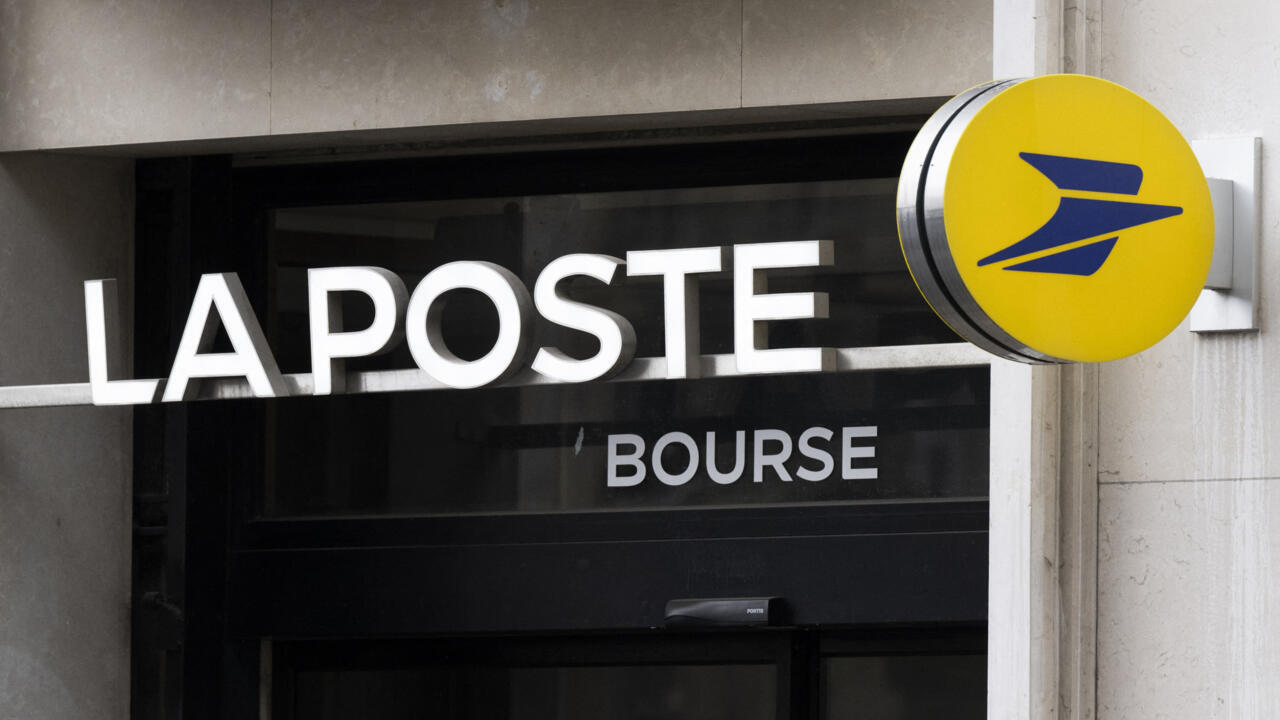
Another Spanish city has joined the growing list of European destinations suffering with overtourism (Image: Getty)
Santiago de Compostela, a city in northwest Spain, is a major pilgrimage site, seeing a record number of nearly half a million pilgrims last year. However, famous as the final destination for the Camino de Santiago, a network of ancient routes in Portugal and France that lead to the tomb of Saint James the Great, the city has now joined the many European hotspots on the ever-increasing list of destinations said to be struggling with overtourism.
The city's residents have decided to take a different, more friendly approach to the crisis compared to Barcelona, where a small number of protesters have sprayed tourists with water guns. They have instead produced a guide to good manners for visitors, translated into several languages and posted across Santiago de Compostela, including its ever-growing number of hostels. However, most visitors appear to be ignoring the appeals, leaving what is left of the resident population increasingly frustrated.

499,239 pilgrims descended on Santiago de Compostela in 2024, equivalent to five times the city's resident population (Image: Getty)
According to the local Pilgrims' Office, 499,239 pilgrims descended on Santiago de Compostela in 2024, equivalent to five times the city's resident population and a 725-fold increase over the last four decades. The city also gained popularity with the 2010 film The Way, starring Martin Sheen. More recently, this visitor boom has been turbocharged by social media and experience-driven travel after the pandemic.
Added to those masses are regular tourists, not arriving via the trail.
The new guide asks tourists to keep noise down, respect traffic rules and use plastic protectors on hiking poles to avoid damaging its narrow cobblestone streets. However, despite the requests, large groups still take over the streets singing hymns, riding bikes in the wrong direction and the city is filled with the sound of metal pole tips hitting the cobbles.
The sheer number of tourists has reportedly had a devastating effect on the lives of locals who live in the city centre.

Last November, Santiago's city council enacted a ban on Airbnb-style tourist accommodations in the historic centre (Image: Getty)
Today, the old town and squares surrounding the cathedral, which holds the reputed tomb of Saint James the Apostle, are almost exclusively the domain of outsiders, which has caused the almost complete eviction of residents.
“We do not have tourism-phobia. We have always lived in harmony with tourism, but when it gets out of hand, when the pressure goes beyond what is reasonable, that is when rejection arises,” said Roberto Almuíña, president of the neighbourhood association in the old town that's a UNESCO World Heritage site, according to Euronews.
The proliferation of short-term rentals in Santiago de Compostela drove annual rent prices up 44% from 2018 to 2023, according to a study commissioned by the city council from the Fundación Universidade da Coruña. This led municipal authorities to request the regional government classify the area as a high-pressure zone, like Barcelona, earlier this year, which would help limit rent increases.
Last November, Santiago's city council enacted a ban on Airbnb-style tourist accommodations in the historic centre, arguing that it was “a necessity arising from its significant growth, which has clear effects on the number of housing units available for residents and on their price".

The city has 'emptied out', according to Mr Almuíña, with only 3,000 residents left (Image: Getty)
"The only people who have been able to stay in the neighbourhoods are those who have been lucky - or unlucky - enough to inherit an apartment from their grandparents, uncles or parents,” said Andrea Dopazo, 32, who tried to find a property near the city centre but had to settle for something in a town outside Santiago.
Between 2000 and 2020, the historic centre lost about half of its permanent population, now reduced to just 3,000 residents, according to Mr Almuíña.
"The city has emptied out. You only have to take a walk to see that all we've got are closed, abandoned buildings that are falling apart,” he added.
According to the locals, there are no longer hardware stores or newsstands, and just one bakery remains. A couple of grocery stores coexist with cafes, ice cream parlours and souvenir shops.
Invalid email
We use your sign-up to provide content in ways you've consented to and to improve our understanding of you. This may include adverts from us and 3rd parties based on our understanding. You can unsubscribe at any time. Read our Privacy Policy

 4 hours ago
1
4 hours ago
1










 English (US) ·
English (US) ·